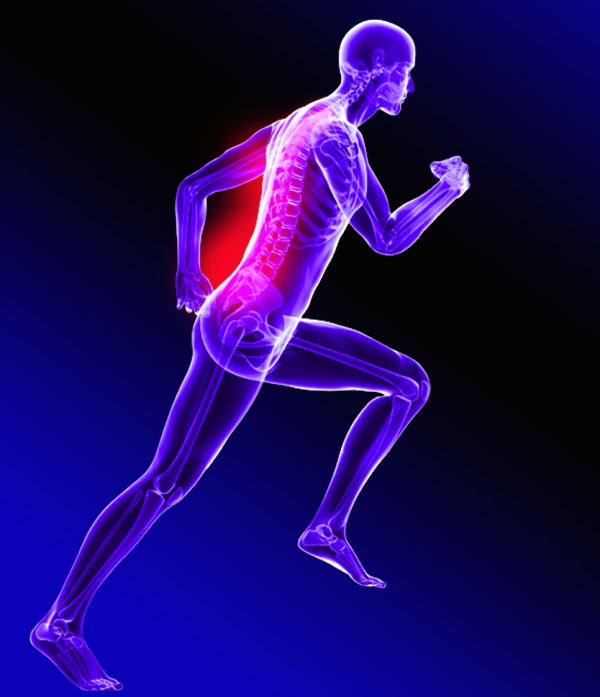How Long Should We Stretch?
When stretching our muscles, the general consensus is that we should stretch up to 60 seconds per muscle. Whether it is 20 seconds 3 times or 30 seconds 2 times as long as the muscle is stretched for 60 seconds.
There are others however who advocate a different stretch duration and repetition. Thirty years ago a man by the name of Aaron Mattes developed the 2 seconds, 10 times stretch. The premise of this technique is holding a stretch for only 2 seconds inhibits the protective stretch reflex (myotatic reflex).
The stretch reflex inhibits the muscle from lengthening for the stretch after 2 seconds. If the target muscles is indeed being inhibited then true lengthening without soreness will not occur.
The stretch is performed using Active Isolated Stretching. Using the muscle opposite in action to the target muscle to be stretched and only holding for 2 seconds, performing up to 10 repetitions with progressive increase in range of motion will allow progressive lengthening and eliminate overloading the stretched muscle which could cause potential microtears. An example would be contracting your quadriceps muscle to stretch the hamstring. By activating the quadriceps the brain then tells the hamstring to relax thus allowing the stretch.
So does it work? I put AIS to the test with myself and several patients. The muscle to be stretched was the left Middle Scalene which bends the neck to the side and is often a source of neck pain and tightness. I did not experience any rebound tightness later in the day or the following day. The increased ROM persisted for several days. One of my patients did not feel any difference between the 2 second x 10 reps stretch and the traditional 30 seconds x 2 reps stretch. The remaining 3 patients felt less soreness and improved ROM with AIS.
I then tried stretching my painful L Iliopsoas muscle. I had been doing 30 seconds x 2 reps with temporary relief (a few hours). The next day I tried the 2 seconds x 10 reps. I noticed a slight ache post stretch which resolved quickly. The pain and tightness remained improved for at least 2 days. Next, I tried stretching my non painful Hamstrings. I did not notice much of a difference between traditional stretching and AIS for reduction in tightness and duration.
My study is small and limited but it is possible the 2 second stretch works well for a painful muscle which is not responding to traditional stretching and other patient populations which have to be careful with stretching.
So which stretch to use? Check with your physical therapist if you are in rehab or other wellness provider who may be aware of both techniques. Most importantly, stretching should not make you feel worse than when you started and NEVER stretch a cold muscle.
To your health and wellness!
Joann Tippett, PT, MSPT, CKTP, CCI





